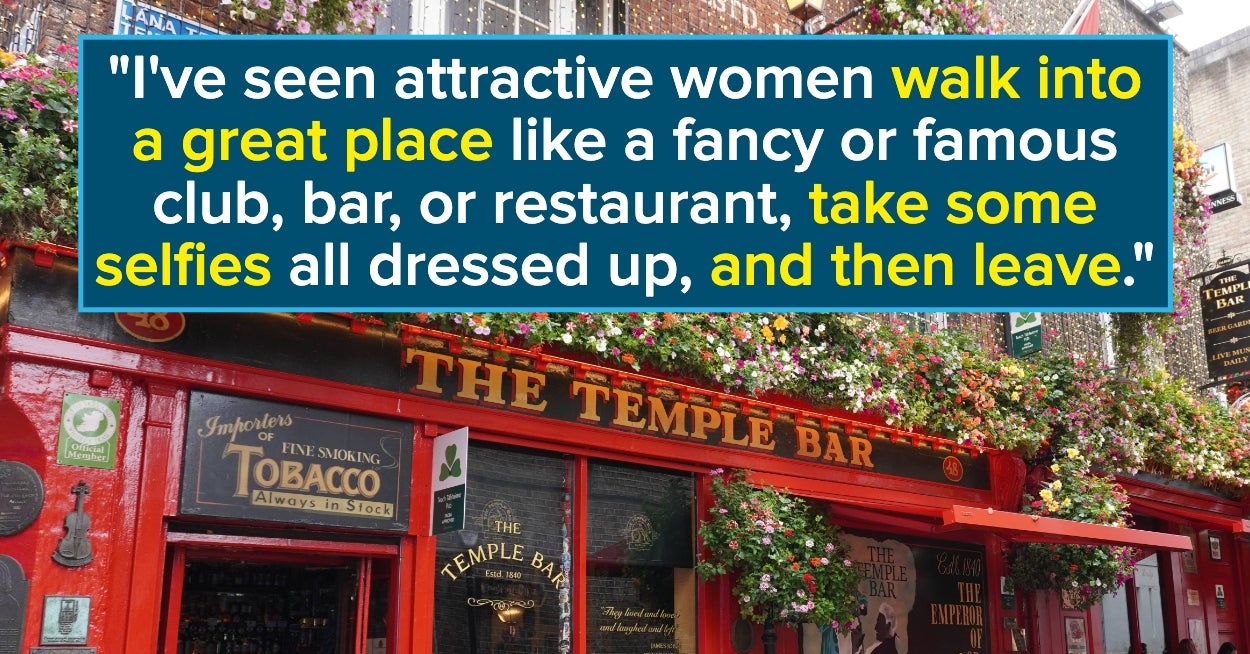
"Yeah, I'd say it's just them being physically in the way a lot. Especially in Tokyo, where things work because everyone is moving smoothly along. Then you have tourists getting confused standing in front of ticket gates, or in front of doors, walking slowly side by side, stopping suddenly in a smoothly moving group of people to take photos, or dragging large luggage onto rush hour trains. Honestly, a lot of it is unavoidable, and I don't really blame them for it. But it's hard not to think I'd have a smoother time getting to and from if they weren't there. Especially since I lived here during COVID, when they weren't here, and I know it to be true."
"I used to live in La Jolla for a time, and these people are always messing with the sea lions - trying to take pictures with them, harassing them, feeding them things. It's disgusting. People are scum these days, hassling animals for their stupid, goddamn pathetic social media fake credibility. I used to love watching the sea lions chase these idiots. They'd shriek in terror and flee, and sometimes someone would get bitten, and I'm like, yeah, sea lion, get those motherfuckers."
Tourism provides economic activity but frequently imposes burdens on local communities. Visitors commonly litter natural areas, obstruct sidewalks and transit access, and prioritize photography over local norms. Tourists often stand in front of ticket gates, block doors, walk slowly side-by-side, and bring oversized luggage onto rush-hour trains, disrupting efficient public movement. Interactions with wildlife include feeding, provoking, and attempting posed photos, causing stress and danger to animals and people. Historic and cultural sites face damage and disrespect as visitors treat locations like photo backdrops. These behaviors create frustration, safety risks, and preservation costs for residents and host communities.
Read at BuzzFeed
Unable to calculate read time
Collection
[
|
...
]